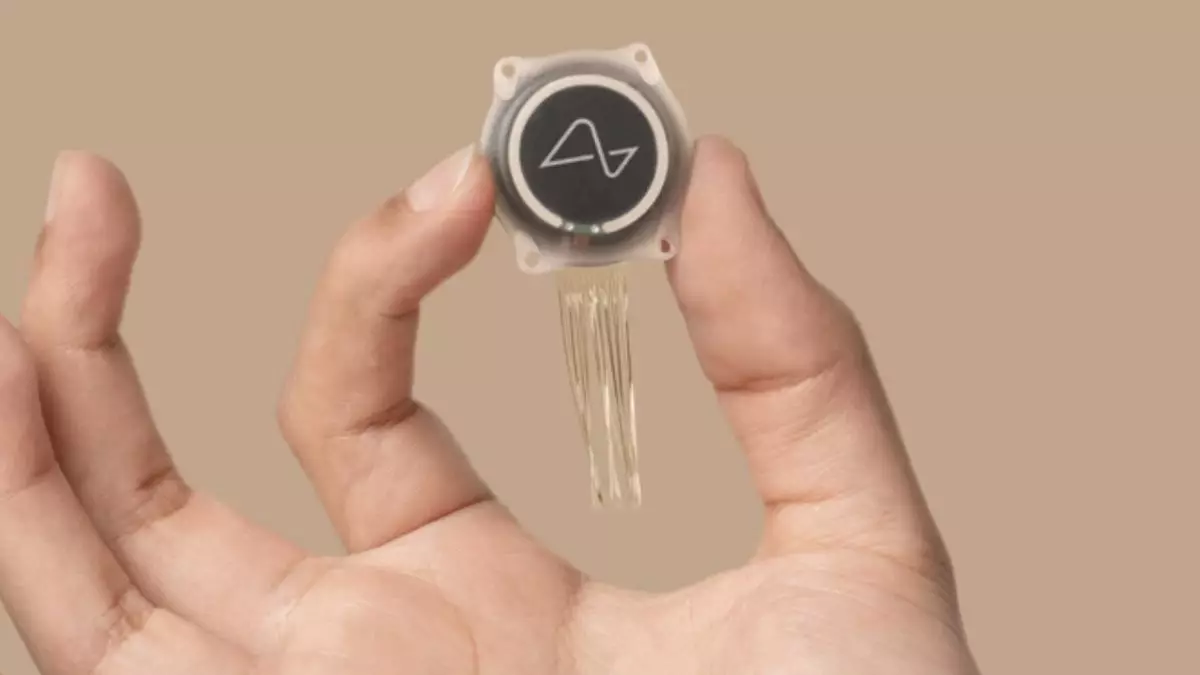Neuralink, a brain-computer interface company co-founded by tech magnate Elon Musk, recently garnered attention with its Blindsight brain implant, which has achieved a notable milestone by receiving Breakthrough Device Designation from the FDA. While this recognition paves the way for accelerated development and review, it comes with both optimism and skepticism, much like the figure of Musk himself, whose ambitious declarations often stir debate.
Understanding the Breakthrough Designation
The FDA’s Breakthrough Device Designation is reserved for medical devices that exhibit promising potential for treating or diagnosing life-threatening conditions. By prioritizing devices that can make significant impacts on patient care, the FDA aims to expedite their development. For Neuralink’s Blindsight, this designation is a substantial endorsement of its promise to address severe vision impairment, including the ability to provide sight to individuals who have been blind from birth.
Musk has drawn intriguing parallels between the Blindsight device and iconic science fiction elements, notably alluding to Geordi La Forge, a well-known Star Trek character famed for his advanced visual capabilities. In his communications, Musk proposed that the device could transcend the limitations of conventional vision, potentially enabling recipients to perceive visual information not readily accessible to humans, such as infrared and ultraviolet light.
The Technical Foundations of Blindsight
At its core, the Blindsight device operates utilizing a microelectrode array implanted in the visual cortex, which is designed to stimulate neuronal activity. While this concept has been explored in previous neurotechnology endeavors, Neuralink is reportedly making strides toward increasing electrode density—key for achieving higher resolution imagery.
Yet, despite these advancements, skepticism arises regarding the actual capabilities of the device. Musk himself has tempered expectations by likening early results to “Atari graphics,” emphasizing that while the technology might evolve toward superior vision environments, initial outcomes could be rudimentary at best. The stark reality is that even basic visual resolution mimicking that of vintage gaming systems is a daunting benchmark, given the complexity and richness of human sight.
One of the most significant hurdles in the restoration of sight, especially for those blind since birth, stems from neural architecture. As recent analysis from experts has shown, individuals lacking the capacity for sight during crucial developmental periods may struggle to interpret visual stimuli, regardless of the integrity of their visual cortex. In essence, the fundamental neural pathways required to translate visual inputs into understandable imagery may be absent, presenting a formidable barrier to meaningful sight restoration.
Critics emphasize that Musk’s cavalier rhetoric may mislead individuals living with blindness, poised to raise their hopes prematurely concerning the outcomes of such technology. Conflating the intricacies of neural rehabilitation with the potential to simply “give” sight can detract from understanding the profound and nuanced experiences of those who navigate the world without vision.
As Neuralink continues to develop its technology, it faces the perennial dilemma of how to balance public expectations with the scientific realities of neurotechnology. Musk’s continued public grandstanding can sometimes overshadow the underlying complexities of the innovations he promotes. While progress in neurotechnology can inspire hope and foster public interest, it also necessitates a grounded perspective that recognizes potential setbacks and ethical implications.
Moreover, the intersection of technology and health raises vital questions about accessibility, equity, and societal impact. As we embrace advancements that might restore or enhance human capabilities, we must remain vigilant in ensuring that such innovations do not disproportionately benefit a select few while leaving others behind.
Neuralink’s Blindsight device represents an intriguing frontier in the quest for brain-computer interfacing technology, with the FDA’s Breakthrough Device Designation serving as a significant endorsement of its potential. Yet, as with many of Musk’s ventures, it is essential to approach the narrative with both excitement for the possibilities it may unlock and caution regarding its limitations. With thoughtful dialogue and ethical considerations, society can hopefully navigate this complex landscape, embracing the promise of innovation while advocating for all individuals in the journey toward a more inclusive future.


Leave a Reply